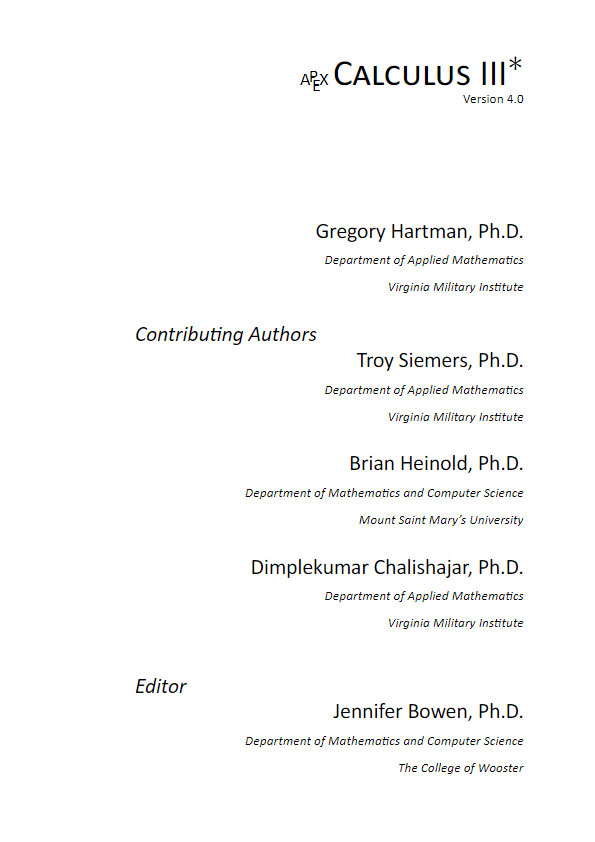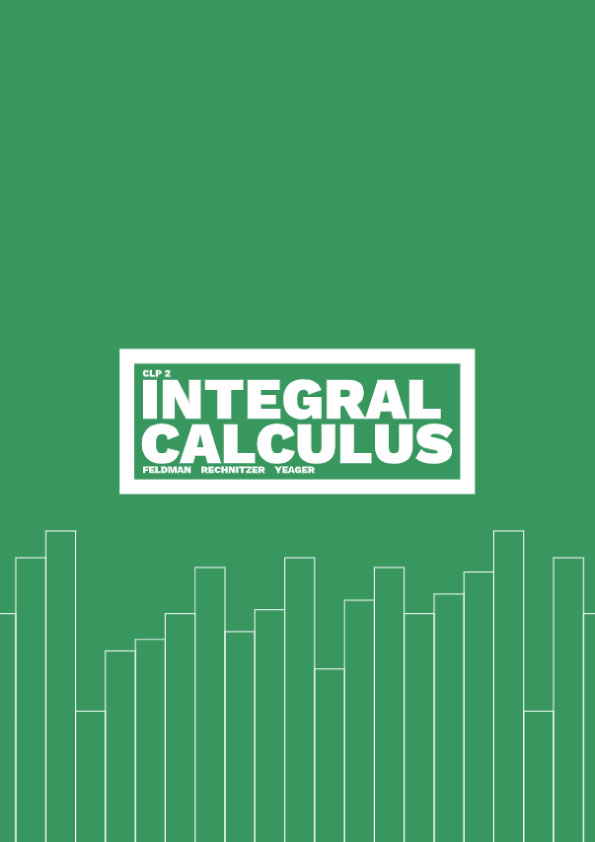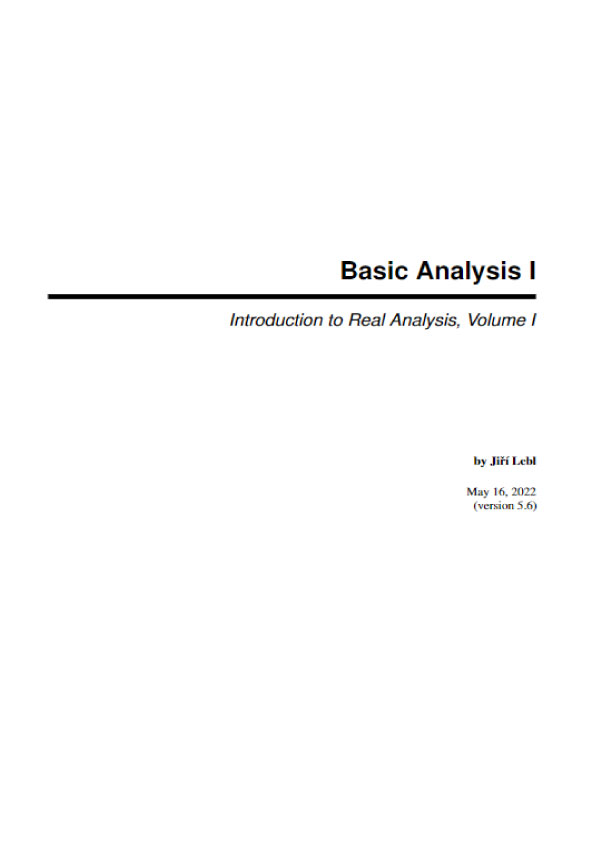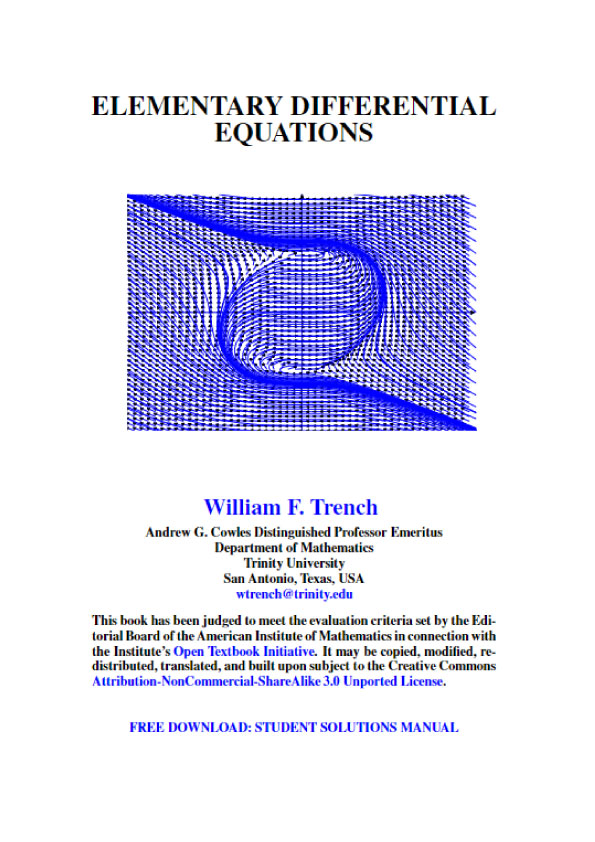Problem Solving
In previous math courses, you’ve no doubt run into the infamous “word problems.” Unfortunately, these problems rarely resemble the type of problems we actually encounter in everyday life. In math books, you usually are told exactly which formula or procedure to use, and are given exactly the information you need to answer the question. In real life, problem solving requires identifying an appropriate formula or procedure, and determining what information you will need (and won’t need) to answer the question. In this chapter, we will review several basic but powerful algebraic ideas: percents, rates, and proportions. We will then focus on the problem solving process, and explore how to use these ideas to solve problems where we don’t have perfect information.
Percents
In the 2004 vice-presidential debates, Edwards claimed that US forces have suffered “90% of the coalition casualties” in Iraq. Cheney disputed this, saying that in fact Iraqi security forces and coalition allies “have taken almost 50 percent” of the casualties1. Who is correct? How can we make sense of these numbers?
Percent literally means “per 100,” or “parts per hundred.” When we write 40%, this is equivalent to the fraction 40/100 or the decimal 0.40. Notice that 80 out of 200 and 10 out of
25 are also 40%, since 80/200 = 10/25 = 40/100.
Example 1
243 people out of 400 state that they like dogs. What percent is this? 243/400 = 0.6075 = 60.75/100. This is 60.75%.
Notice that the percent can be found from the equivalent decimal by moving the decimal point two places to the right.
Example 2
Write each as a percent: a) 1/4 b) 0.02 c) 2.35
a) 1/4 = 0.25 = 25%
b) 0.02 = 2%
c) 2.35 = 235%
Percents
If we have a part that is some percent of a whole, then percent = part / whole , or equivalently, part = percent . whole.
To do the calculations, we write the percent as a decimal.
Example 3
The sales tax in a town is 9.4%. How much tax will you pay on a $140 purchase?
Here, $140 is the whole, and we want to find 9.4% of $140. We start by writing the percent as a decimal by moving the decimal point two places to the left (which is equivalent to dividing by 100). We can then compute:
tax 0.094 (140) = $13.16 in tax.
Example 4
In the news, you hear “tuition is expected to increase by 7% next year.” If tuition this year was $1200 per quarter, what will it be next year?
The tuition next year will be the current tuition plus an additional 7%, so it will be 107% of this year’s tuition: $1200(1.07) = $1284.
Alternatively, we could have first calculated 7% of $1200: $1200(0.07) = $84.
Notice this is not the expected tuition for next year (we could only wish). Instead, this is the expected increase, so to calculate the expected tuition, we’ll need to add this change to the previous year’s tuition: $1200 + $84 = $1284.
Try it Now 1
A TV originally priced at $799 is on sale for 30% off. There is then a 9.2% sales tax. Find the price after including the discount and sales tax.











